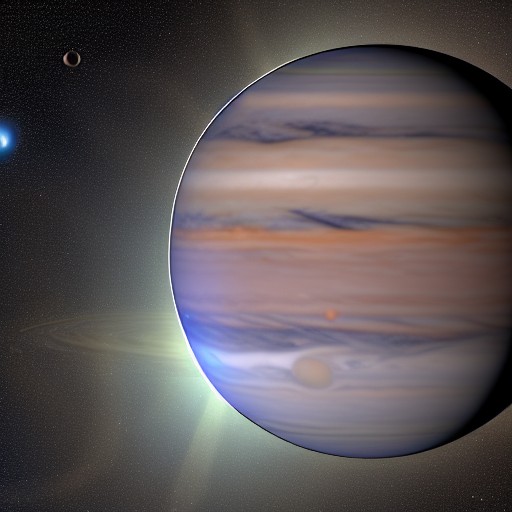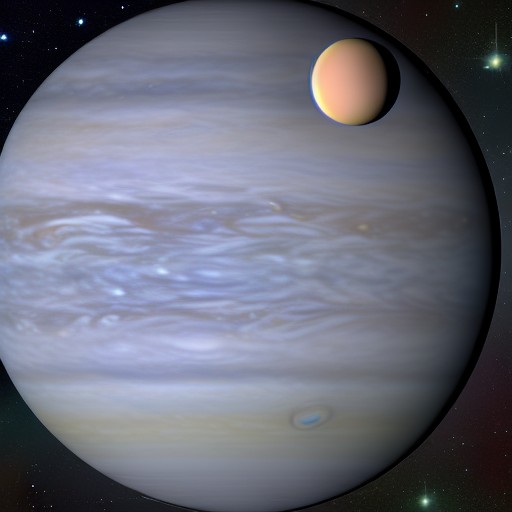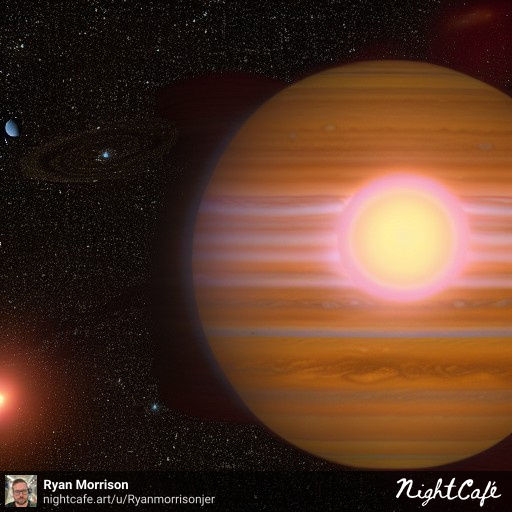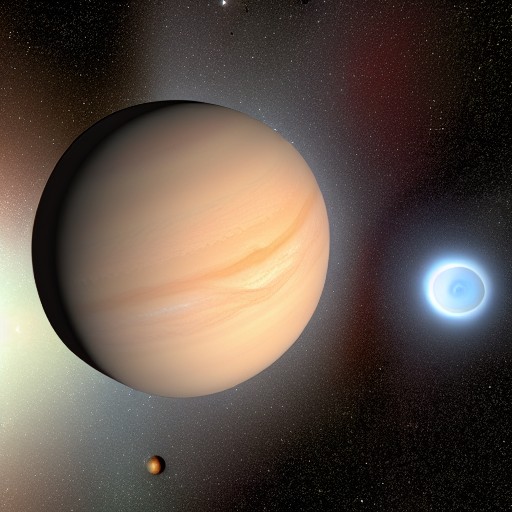Using AI to create images of exoplanets
A look at using artificial intelligence to generate images of exoplanets that we may never see with cameras.
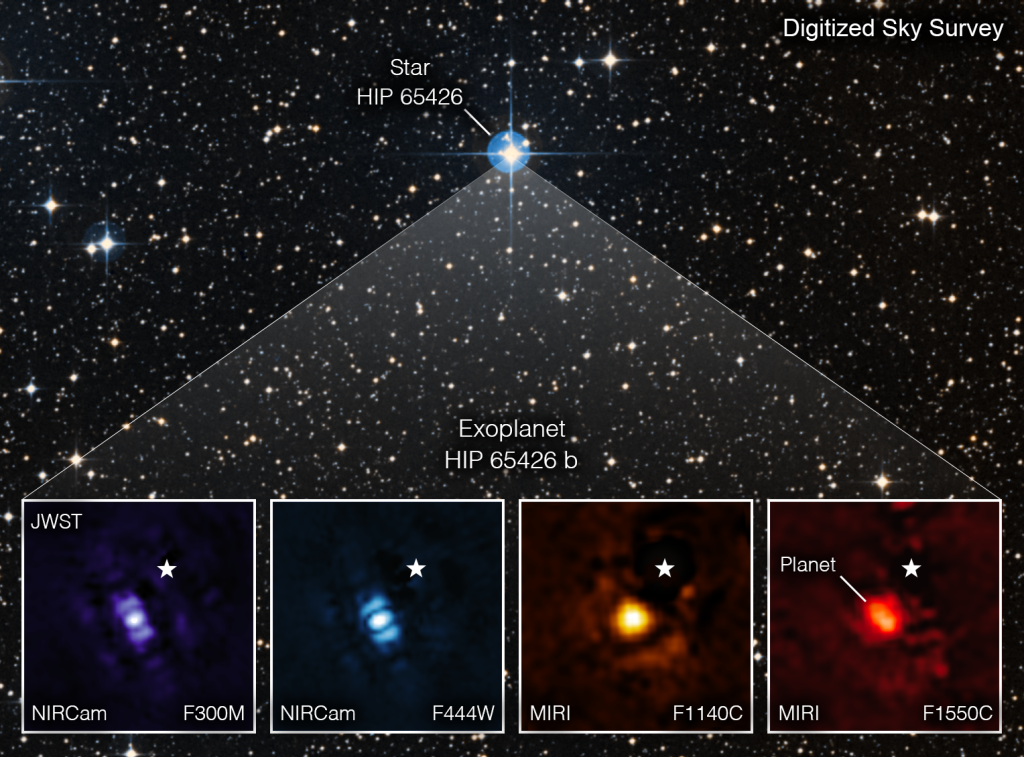
NASA’s James Webb Space Telescope recently captured a direct image of a planet orbiting a star other than the Sun. We have many images of distant stars and have detected evidence of thousands of planets but rarely have we seen one directly but Webb gave us a clear view of HP 65426 b.
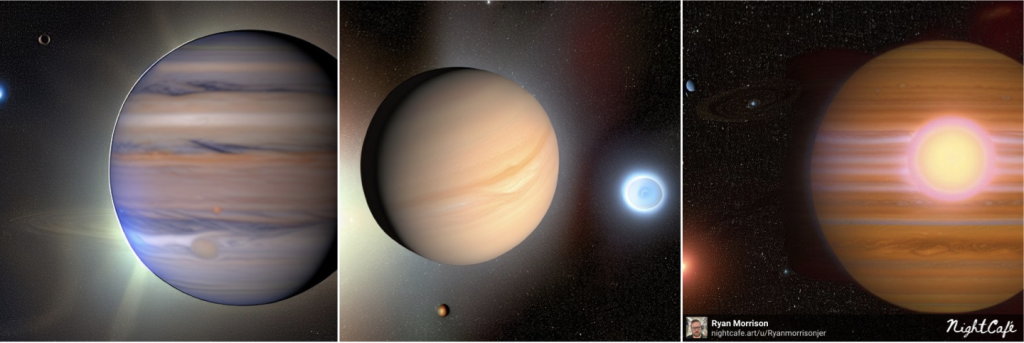
This alien world is a gas giant that is up to 7 times the mass of Jupiter. It is about 385 light years from the Earth orbiting a very young 14 million year old star in the constellation of Centaurus.
The planet was first discovered in July 2017 by the SPHERE consortium using the Spectro-Polarimtric High-Contrast Exoplanet Research instrument run by the European Southern Observatory.
Webb captured the image of the planet through four different light filters using the NIRCam and MIRI instruments on board the giant observatory.
“This is a transformative moment, not only for Webb but also for astronomy generally,” said Sasha Hinkley, associate professor of physics and astronomy at the University of Exeter.

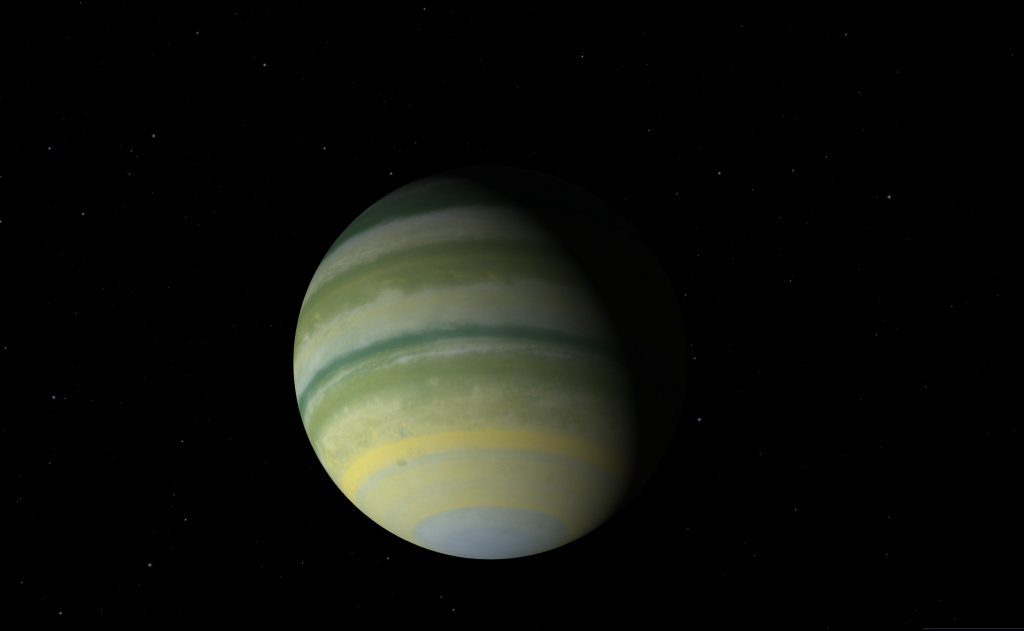
It is about 100 times farther from its host star than Earth is from the Sun and this distance made it easier for Webb to separate its light from that of the young host star.
The images from Webb are very similar to the first images captured of Pluto before we visited the tiny rocky world at the edge of the solar system – a small pixel on a big open space.
As technology advances so does the quality of the pictures, but at nearly 400 light years from Earth it is unlikely we’ll get more than a few pixels at any point in the next few decades or more so we turn to graphic artists to come up with interpretations of what the world may look like.
Artificial intelligence is also helping to fill in some of the gaps in our imagination. I used the Stable Diffusion model available through NightCafe Studio to generate an image that ‘could’ be HIP 65426 b.
The trick is to be as descriptive as possible, add terms explaining the distance and use something as compatible as possible to what we have in the solar system.
